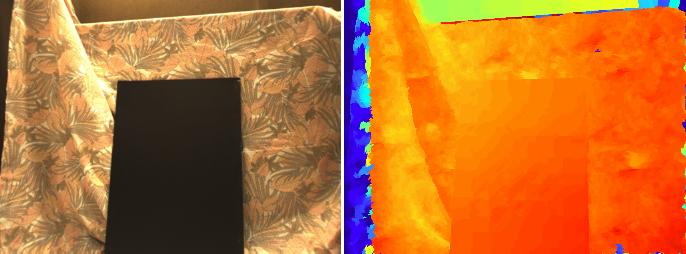In this paper, we propose a simple but effective image transform, called the epipolar distance transform, for matching low-texture regions. It converts image intensity values to a relative location inside a planar segment along the epipolar line, such that pixels in the low-texture regions become distinguishable. We theoretically prove that the transform is affine invariant, thus the transformed images can be directly used for stereo matching. Any existing stereo algorithms can be directly used with the transformed images to improve reconstruction accuracy for low-texture regions. Results on real indoor and outdoor images demonstrate the effectiveness of the proposed transform for matching low-texture regions, keypoint detection, and description for low-texture scenes. Our experimental results on Middlebury images also demonstrate the robustness of our transform for highly textured scenes. The proposed transform has a great advantage, its low computational complexity. It was tested on a MacBook Air laptop computer with a 1.8 GHz Core i7 processor, with a speed of about 9 frames per second for a video graphics array-sized image.
- Qingxiong Yang and N. Ahuja, Stereo Matching Using Epipolar Distance Transform, IEEE Transactions on Image Processing (TIP), 2012.
